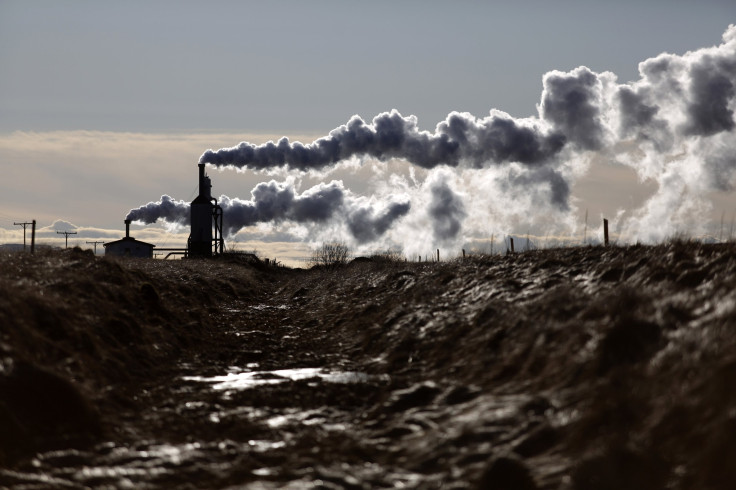Rates Of Global Warming, As Well As Global Cooling, Are Not Same Around The World - Study

Global warming, as well as global cooling, have not been happening at the same rate in all parts of the planet over the last 100 years, scientists who have been studying the phenomena said in a recently published paper.
According to the article, the world is indeed getting warmer, but historical records indicate that neither warming nor cooling has not happened everywhere at the same rate.
“The global warming is not uniform,” Eric Chassignet, director of Center for Ocean-Atmospheric Prediction Studies at Florida State University, or FSU, said Sunday in a statement. “You have areas that have cooled and areas that have warmed.”
The researchers’ team led by Zhaohua Wu, an assistant professor of meteorology at FSU, used an analysis method newly developed by Wu and his colleagues to examine land surface temperature trends from 1900 onward for the entire globe, excluding Antarctica.
The researchers found that noticeable warming first started around the regions circling the Arctic and subtropical regions in both hemispheres. But, the largest accumulated warming to date is actually at the northern mid-latitudes. They also found that in some areas of the world, cooling had actually occurred.
The study, published in the journal Nature Climate Change on Sunday, suggested that from about 1910 to 1980, while the rest of the world was warming up, some areas south of the equator -- near the Andes -- were actually cooling down. Other areas near and south of the equator didn't see significant changes comparable to the rest of the world.
Wu believes that the detailed picture of when and where the world has warmed or cooled will provide a greater context to global warming research overall.
© Copyright IBTimes 2025. All rights reserved.






















